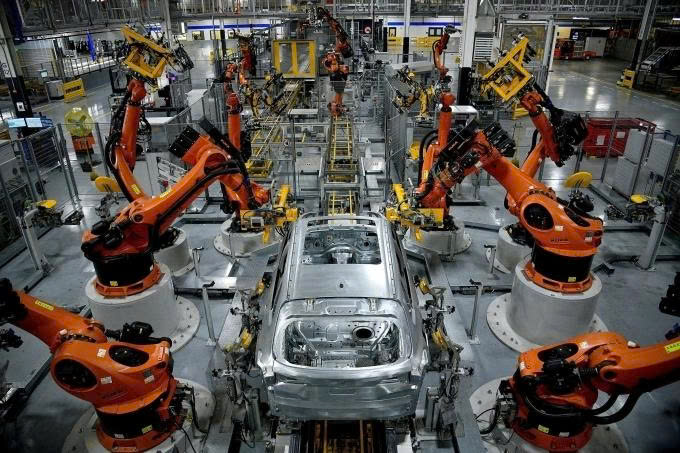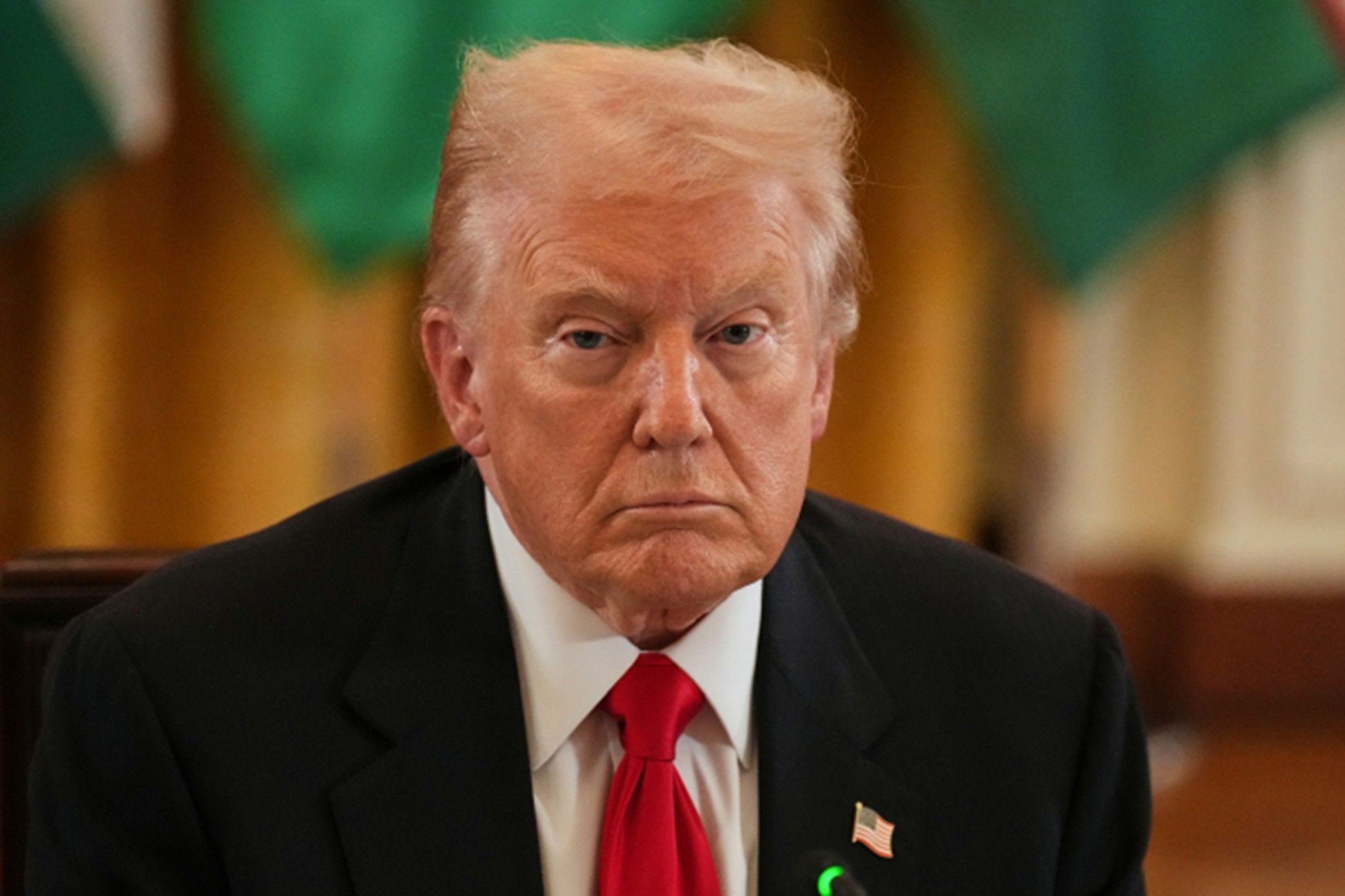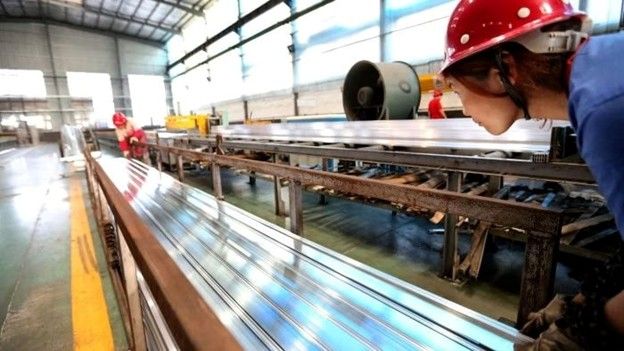US manufacturing fell for a third straight month as import tariffs disrupted supply chains and pushed up input costs.
On June 2, the US Institute for Supply Management (ISM) released a report showing that the US manufacturing industry continued to decline in May. Accordingly, the Purchasing Managers Index (PMI) was only 48.5 points - the lowest since November 2024.
This is also the third consecutive month the index has been below 50, indicating contraction in manufacturing activity. The sector currently accounts for 10.2% of US GDP.
Seven industries recorded growth, including furniture, electrical equipment, household appliances, components and machine tools. In contrast, production of transport equipment, chemicals and basic metals declined.

Inside a BMW factory in South Carolina (USA). Photo: Reuters
The index tracking new orders barely improved from April, inching up to 47.6 from 47.2. The deliveries index rose to 56.1 from 55.2, its highest since 2022. A reading above 50 indicates a slowdown in the pace of deliveries.
However, the input price index fell slightly, from 69.8 to 69.4. "However, the pressure to pass costs on to consumers will increase as inventories run low, forcing businesses to import new goods at much higher prices," said Oliver Allen, an economist at Pantheon Macroeconomics.
Many businesses say the import tariffs are causing major disruptions to supply chains, with some describing the situation as “equivalent to the Covid-19 era.” Papermakers warn that if no deal with China is reached, “shelf space will be empty.”
The May PMI showed that the manufacturing sector has not benefited from the easing of trade tensions between the US and China in the first few weeks of the month. Last week, President Donald Trump even announced that he would double tariffs on steel and aluminum imports to 50%.
Economists say the uncertainty surrounding the implementation of Mr. Trump’s import tariffs makes it difficult for businesses to plan. Adding to the uncertainty, a trade court blocked Mr. Trump’s import tariffs last week , saying he exceeded his authority in imposing them. But a day later, an appeals court temporarily reinstated the tariffs.
Mr Trump sees the tax as a tool to boost revenue, offset tax cuts and revive US industry. However, many economists say this is unlikely in the short term due to labor shortages and other structural problems.
U.S. factories continued to cut jobs last month. Comments from factories reflect an accelerating trend of layoffs, driven by uncertainty about demand in the short to medium term, according to Susan Spence, chair of the ISM Business Survey Committee.
(Source: Vnexpress)
--
Oristar – Leading Metal Supplier in Asia
⚡ Core product lines: Copper, Aluminum, Steel
⚡ Main product grades provided by Oristar: Aluminum alloys, Copper alloys, Aluminum alloy plates, Aluminum coil grades, Tool steel, Special steel: A5052, A6061, A7075, C1100, C2680, C3604, SUS303, SUS304, SKD11, SKD61,...
For product consultation, please contact:
⚡ Hotline: 0988 750 686
⚡ Email: info@oristar.vn
⚡ Zalo OA
⚡ ️Website E-commerce
⚡ Official Website

 VN
VN

 EN
EN
 KR
KR
 JP
JP
 CN
CN



 Economy
Economy


